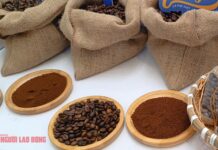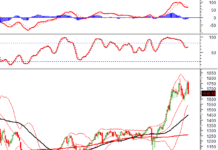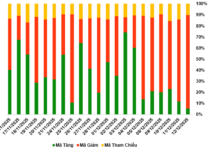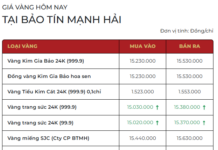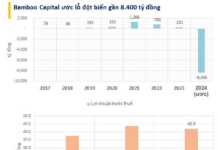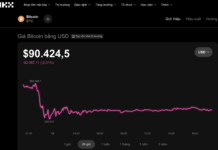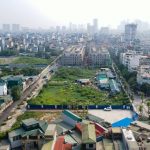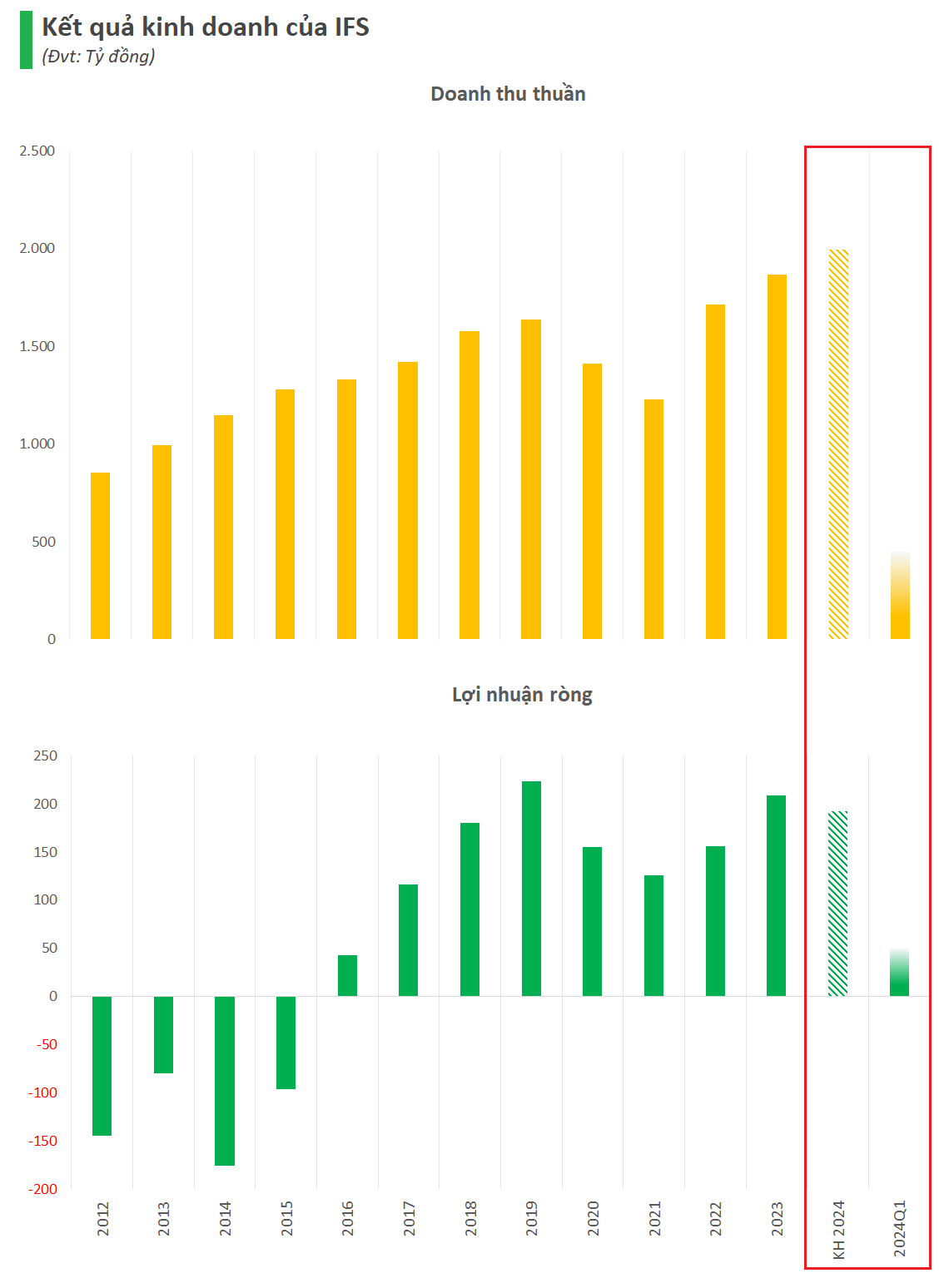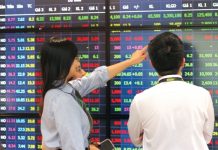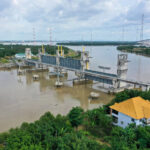On July 9, 2024, in Hanoi, the Vietnamese Minister of Agriculture and Rural Development, Le Minh Hoan, held talks with his Philippine counterpart, Francisco Tiu Laurel Jr. The ministers agreed to establish a rice industry alliance and expressed their hope for a shift from a trade relationship to an investment partnership in the rice sector.
THE PHILIPPINES: VIETNAM’S LARGEST RICE EXPORT MARKET
Minister Le Minh Hoan informed Minister Francisco Tiu Laurel Jr. that amid the current global market fluctuations, shifting consumer preferences, and the increasing impact of climate change, the Vietnamese rice industry has been undergoing a significant transformation in terms of production, domestic consumption, and exports.
Vietnam is focusing on enhancing the quality of its rice industry, reducing input costs, adapting to climate change, lowering greenhouse gas emissions, ensuring national food security, and expanding consumption markets. Ultimately, the goal is to build a sustainable rice brand in the international market.
“Rice production plays a pivotal role in ensuring national and regional food security, contributing to economic development, social stability, and enhancing Vietnam’s international standing,” affirmed Minister Le Minh Hoan. “It is a sector with ecological advantages closely linked to the cultural values and heritage of our ancient rice civilization.”
According to the Ministry of Agriculture and Rural Development, in 2023, Vietnam exported 8.13 million tons of rice, valued at 4.67 billion USD, marking a 14.4% increase in volume and a 35.3% surge in value compared to 2022. In the first half of 2024, rice exports reached 4.68 million tons, with a turnover of 2.98 billion USD, reflecting a 10.4% rise in volume and a 32% jump in value compared to the same period last year. Notably, the Philippines is the largest market for Vietnamese rice, accounting for 35-40% of Vietnam’s total rice exports.
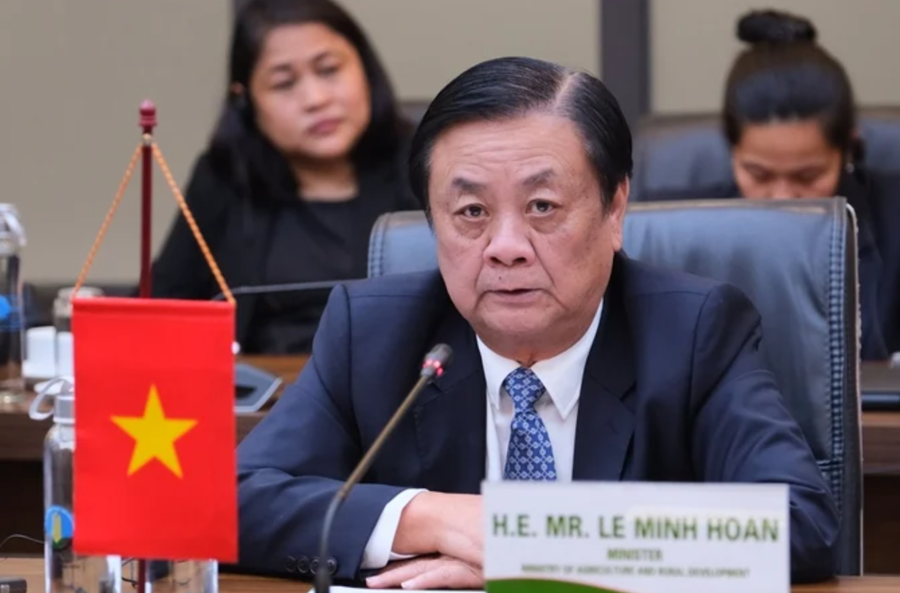
“Vietnam’s Strategy for Sustainable Agriculture and Rural Development towards 2030, with a vision towards 2045, is built on three pillars: ecological agriculture, modern rural areas, and civilized farmers. With this new Strategy, we aim for a green and low-emission agricultural value chain, enhancing the capacity of cooperatives and rural communities, along with improving rural infrastructure to adapt to climate change. Additionally, we seek to foster value chain linkages between businesses and farmer organizations.”
Minister Francisco Tiu Laurel Jr. expressed his admiration for Vietnam’s rice production landscape. The delegation from the Philippine Department of Agriculture visited the Mekong Delta last week to observe the model of 1 million hectares of high-quality, low-emission rice and circular agricultural economic models.
Minister Francisco Tiu Laurel Jr. shared that in the first half of 2024, the Philippines imported 2.17 million tons of rice, of which 1.59 million tons were from Vietnam. For several decades, Vietnam has been the Philippines’ largest rice supplier…
Therefore, the Philippine Minister of Agriculture considered the talks with the Vietnamese Ministry of Agriculture and Rural Development as a significant opportunity to promote bilateral cooperation in agriculture, food security, and sustainable development, as well as to enhance agricultural trade and business connections between the two countries.
“For us, this visit is a practical lesson. We had the opportunity to exchange experiences directly with farmers and businesses in the Mekong Delta. These are invaluable experiences that give us insights to boost Philippine agriculture,” Minister Francisco emphasized.
SHIFTING FROM A TRADE RELATIONSHIP TO A RICE INDUSTRY PARTNERSHIP
According to Minister Francisco Tiu Laurel Jr., the Philippine agricultural and fisheries sector faces significant challenges due to low productivity and predominantly small-scale production. Recent political, social, and environmental changes have also exerted pressure on the country’s food production and distribution system, directly impacting food security and nutrition.
Minister Francisco proposed that the two countries establish a rice industry alliance to gradually transition from a trade relationship to an investment partnership in rice production.
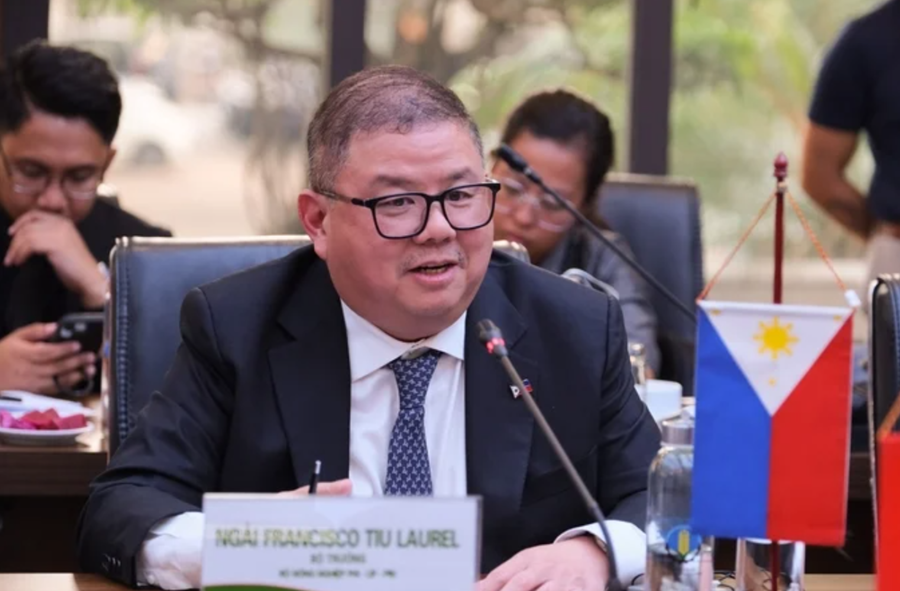
“We highly appreciate Vietnam’s orientation towards sustainable cultivation, combining mechanization with the goal of reducing pesticide and fertilizer use. This method is simple yet highly effective economically. As a result, your farmers save a significant amount on input costs.
In the future, we will explore opportunities to import machinery and inputs and eventually localize Vietnamese technologies for use in the Philippine rice production sector. For now, the Philippines intends to import fertilizer from Vietnam and gradually cooperate in fertilizer production to meet the needs of our agricultural sector.”
Minister Le Minh Hoan concurred with his Philippine counterpart and shared the aspiration for a swift shift from a trade relationship to an investment partnership in the rice sector. This will enable Vietnam to optimize the rice production chain in the Philippines by bringing suitable technologies, rather than merely exporting milled rice. Furthermore, the two ministries can explore the possibility of joint ventures in rice production to ensure regional food security.
Beyond the rice industry, Minister Le Minh Hoan proposed continued cooperation in the fisheries sector, based on the Memorandum of Understanding between the two governments on fisheries cooperation. Vietnam wishes to learn from the Philippines to increase the exploitation of tuna resources for its tuna processing factories, develop seaweed farming, and cooperate in the cultivation and processing of seaweed cartilage.
According to the Ministry of Agriculture and Rural Development, Vietnam’s rice exports in June 2024 are estimated at 650,000 tons, earning 416 million USD. Cumulatively, in the first six months of 2024, rice exports reached 4.68 million tons, with a turnover of 2.98 billion USD, representing a 10.4% increase in volume and a 32% surge in value compared to the same period last year. This marks a new record for Vietnamese rice exports. The average export price in the first six months of 2024 is estimated at 636 USD/ton, a 19.5% increase compared to the same period.
Many of Vietnam’s top 10 rice export markets recorded strong growth during this period, including the Philippines with a 12% increase (over 1.6 million tons), Indonesia with a 44% rise (nearly 709,000 tons), Malaysia with a 134% jump (nearly 458,000 tons), Cuba with a 287% surge (nearly 147,000 tons), and Singapore with a 44% increase (91,000 tons). Some premium markets, such as the United States, Australia, and Canada, also saw growth, with increases of 4%, 13%, and 2%, respectively.
Among the top 30 rice export markets for Vietnam, several recorded four-digit growth, including Libya with a 9,513% increase (over 20,000 tons) and Ukraine with a 3,856% rise (over 10,000 tons). Notably, many export markets commanded higher prices than the average, including Brunei (959 USD/ton), the United States (868 USD/ton), the Netherlands (857 USD/ton), Ukraine (847 USD/ton), Iraq (836 USD/ton), and Turkey (831 USD/ton)…
The most extensive bribery case ever in Thanh Hoa: Numerous suspects prosecuted for “Giving and Receiving Bribes”
The Provincial Security Investigation Agency (PSIA) of Thanh Hoa province announced on January 31st that it has made the decision to initiate a prosecution against 23 individuals in connection with the offenses of “Accepting bribes” and “Giving bribes” as stipulated in Article 354(3) and Article 364(2) of the Criminal Code.
Mobile World achieves revenue of VND118,000 trillion: TVs, tablets, and phones all decrease by 10% – 50%, while one product grows in both quantity and revenue.
Mobile World Investment Corporation (MWG) has recently announced its 2023 business results. According to the report, the company’s consolidated revenue reached over 118 trillion Vietnamese dong, equivalent to 89% of the revenue in 2022.

